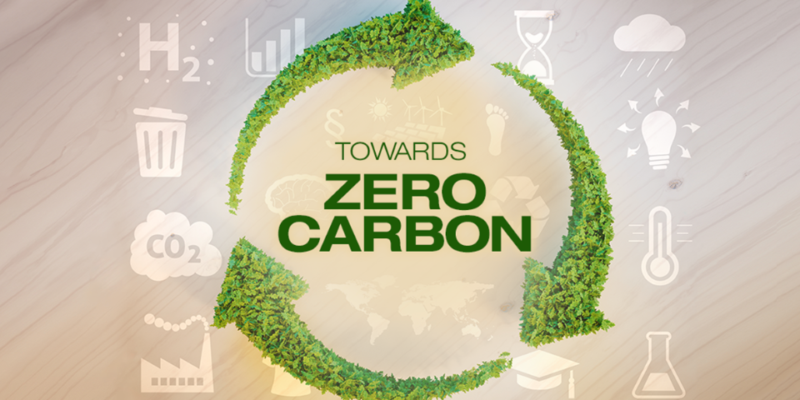Orange is accelerating its efforts to decarbonise its networks as part of its broader goal to achieve net-zero carbon emissions. Partnering with Nokia, the two companies are working to reduce the environmental impact of networks throughout their entire lifecycle, spanning design, usage, and end-of-life stages. This collaboration is central to Orange’s strategy to cut CO2 emissions by 45% across its operations (scopes 1, 2, and 3) by 2030, using 2020 as the baseline. With IT and network infrastructure accounting for approximately 60% of Orange’s greenhouse gas emissions in 2023, decarbonising networks is a critical focus.
The partnership is part of Orange’s long-standing Green ITN program, which promotes sustainability in IT and networks with a focus on energy efficiency and emissions reduction. Under this initiative, Orange has been engaging its ecosystem of providers, including Nokia, to develop innovative solutions for network sustainability. One of the core innovations being tested is Nokia’s “Extreme Deep Sleep Mode,” which aims to achieve a “zero bit, zero watt” approach, completely eliminating energy consumption in the absence of network traffic. By turning off more components than current standby processes allow, this feature is expected to reduce energy use by over 90% compared to a fully active network cell.
The collaboration also emphasises exploring broader sustainability strategies such as life cycle assessments (LCA) to identify and address high-impact CO2 emission sources. Through workshops and joint research, Orange and Nokia are working on extending the life of network equipment and optimising existing standby functions using AI and machine learning through Nokia’s MantaRay SON platform. These efforts represent a significant step toward building greener networks and ensuring that sustainability is embedded into the very fabric of future telecommunications infrastructure. By pioneering such innovations, Orange and Nokia are not only reducing their environmental impact but also setting a new standard for energy-efficient networks.











